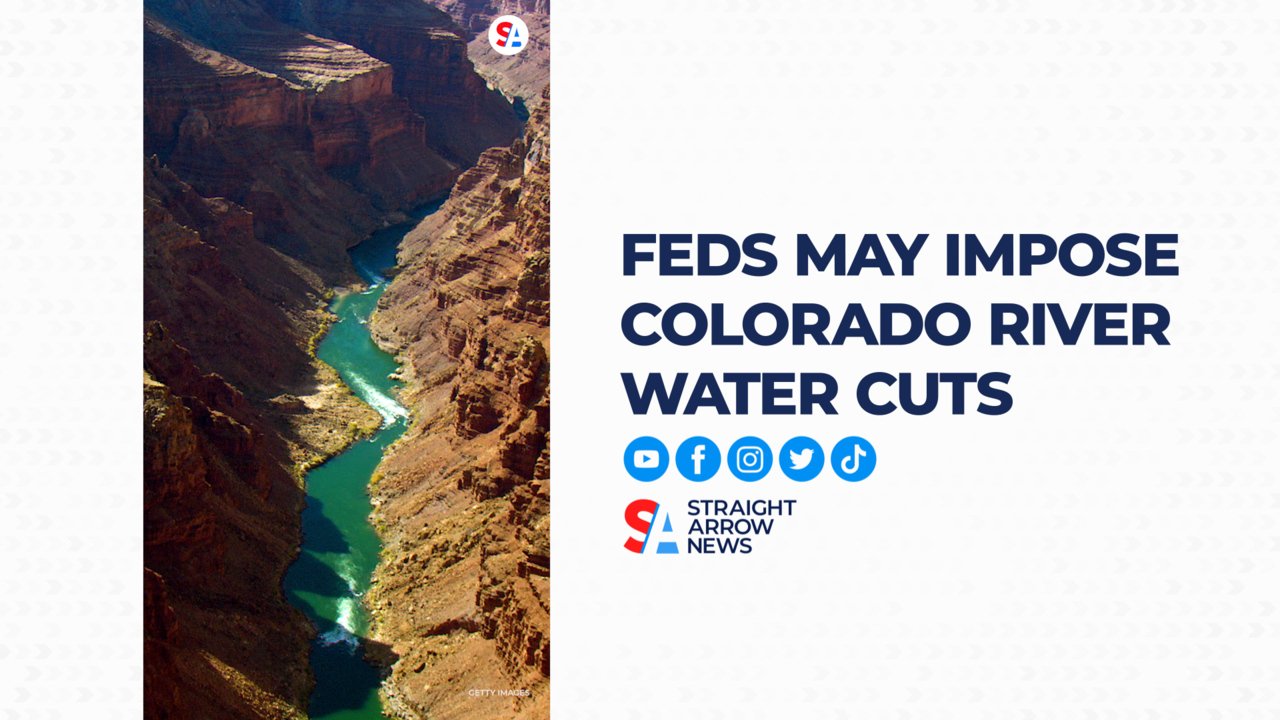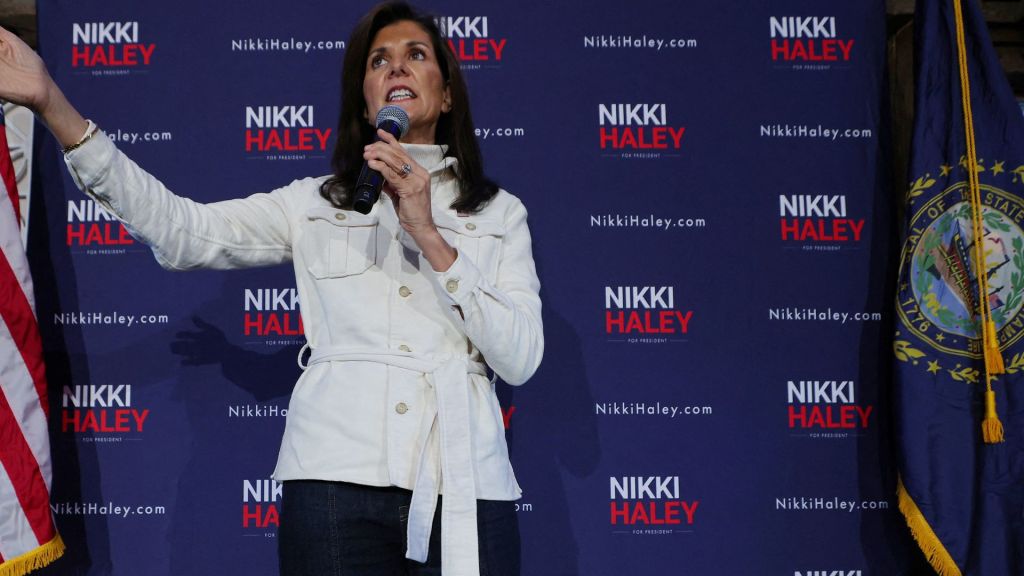
MAHMOUD BENNETT: THE COLORADO RIVER SUPPLIES NEARLY 40 MILLION PEOPLE IN THE U.S. WITH DRINKING WATER BUT IT’S BEEN DRYING UP AT AN ALARMING RATE. THIS IS WHAT ONE OF THE RIVERS MAIN RESERVOIRS LOOKED LIKE 20 YEARS AGO AND THIS IS WHAT IT LOOKS LIKE TODAY.
THE RIVER RUNS THROUGH 7 STATES THOUGH WHEN IT COMES TO CONTROL THAT’S LARGELY ON THE FEDERAL GOVERNMENT THROUGH THE BUREAU OF RECLAMATION WHICH NEGOTIATES RULES WITH EACH OF THOSE STATES.
BUT AS THE WESTERN U.S. FACES ITS WORST MEGA DROUGHT IN CENTURIES – THE FEDS COULD SOON STEP IN UNILATERALLY TO CUT SUPPLY.
FEDERAL OFFICIALS HAVE ANNOUNCED PLANS TO REVISE RULES FOR HOW IT OPERATES THE GLEN CANYON AND HOOVER DAMS – WHICH FORM LAKE POWELL AND LAKE MEAD – THE COUNTRY’S TWO LARGEST RESERVOIRS WHICH SIT AT 29% AND 24% CAPACITY RESPECTIVELY.
OFFICIALS SAY LOWER LEVELS COULD THREATEN THE ABILITY TO GENERATE HYDROELECTRIC POWER FOR MILLIONS IN THE WEST.
BACK IN JUNE THE FEDS GAVE THE STATES THAT RELY ON THE COLORADO RIVER AN OPTION TO COME UP WITH THEIR OWN PLANS TO CUT BACK – THEY DIDN’T MEET THE DEADLINE AND NOW DECEMBER 20TH IS WHEN ONE OF THREE ACTIONS CAN BE TAKEN.
A FEDERAL TAKEOVER COULD CUT WATER SUPPLIES TO CALIFORNIA NEVADA AND ARIZONA… [HARD STOP]
WHILE OFFICIALS SAY THEY PREFER A NEGOTIATED PLAN – THEY MADE IT CLEAR THEY’RE WILLING TO TAKE DECISIVE STEPS ON THEIR OWN TO PROTECT THE COLORADO RIVER SYSTEM.






